

|
|
|


|
|
1/10 Scale Electric Truck/Truggy:
Thunder Tiger Phoenix ST II - 6539-K* - Radio Controlled ModelHistory and Info:
Introduced by Thunder Tiger in 2009, the Phoenix ST II Stadium Truck - TTR 6539-K10 - came as an unassembled Kit, with an unpainted clear lexan polycarbonate Bodyshell and a a Super 17T Brushed Motor. An ESC, Radio System, Battery and Charger to be purchased separately.
▼ Scroll Down for More Images ▼
|








|
|
|

★ Thunder Tiger Phoenix ST II Chassis ★
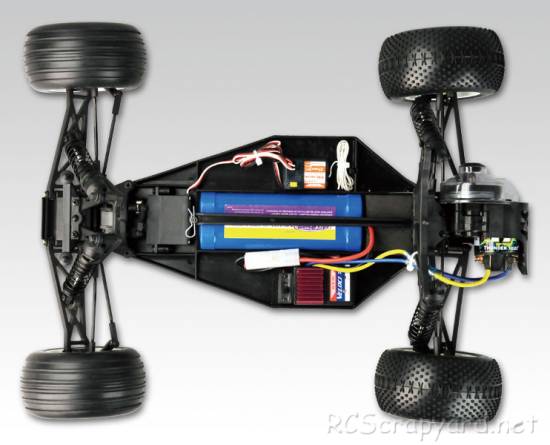
★ Thunder Tiger Phoenix ST II Chassis ★
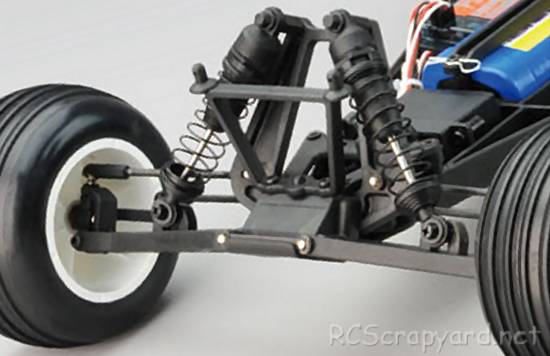
★ Thunder Tiger Phoenix ST II Chassis ★
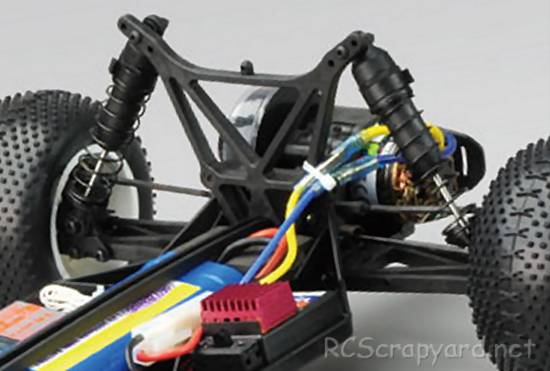
★ Thunder Tiger Phoenix ST II Chassis ★
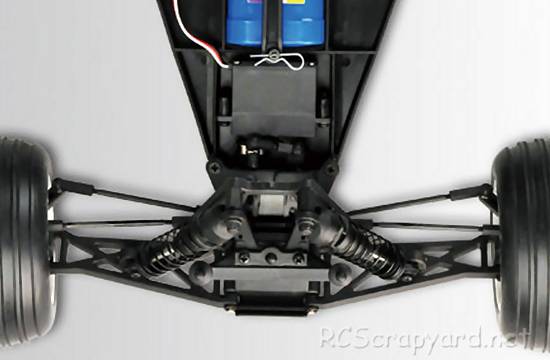
★ Thunder Tiger Phoenix ST II Chassis ★
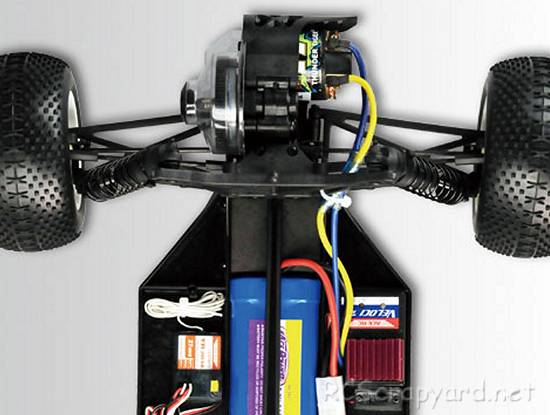
|
Buying a Used Thunder Tiger Phoenix ST II
|
|
Manufacturers and Brands Catalogued, Listed and Reviewed by RC-Scrapyard.
At present, the RC Model Manufacturers, Brands and Distributors covered by us are: ABC Hobby, Academy, Acme Racing, Agama Racing, Amewi, Ansmann Racing, ARRMA, Team Associated, Atomic RC, Axial, AYK, Bolink, BSD Racing, Capricorn, Carisma, Carson, Caster Racing, Cen, Corally, Custom Works, Durango, Duratrax, ECX - Electrix, Exceed RC, FG Modellsport, FS-Racing, FTX, Fujimi, Gmade, GS-Racing, Harm, HBX, Helion, Heng Long, Himoto Racing, Hirobo, Hitari, Hobao, Hong-Nor, Hot Bodies, HPI, HSP, Intech, Integy, Jamara, JQ Products, Kawada, Kyosho, Losi, LRP, Maisto, Mardave, Marui, Maverick, MCD Racing, Megatech, Mugen, New Bright, Nichimo, Nikko, Nkok, Ofna, Pro-Pulse, Protech, PTI, RC4WD, Redcat Racing, RJ-Speed, Robitronic, Schumacher, Seben, Serpent, Smartech, Sportwerks, Step-Up, Tamiya, Team-C Racing, Team Magic, Thunder Tiger, Tomy, Top Racing, Traxxas, Trinity, Tyco, Vaterra RC, Venom, VRX Racing, WLToys, X-Factory, Xmods, Xpress, Xray, XTM, Yankee RC, Yokomo, ZD Racing and Zipzaps. |
|
Hints, Tips and Information
Dampers
Dampers, Shock Absorbers, Shocks - call them what you will, they are one of the least understood, but most important tools you have for adjusting the handling characteristics of your RC model.
So how do Dampers work?
Basically what you have is a small amount of silicone oil contained in a sealed cylinder. Through the centre of that cylinder is a metal rod, and on the end of that rod, a piston with a number of small holes in it. Pulling, or pushing the rod in and out of the cylinder, your will notice a certain amount of resistance as the oil is forced through the holes in the piston. |
|
Hints, Tips and Information Electric Motors for RC ModelsWinds and Turns
Q/ What does 15x2 or 17x3 mean? |
|
RC Models:
|
Radio & Motors: |
Other
Accessories: |